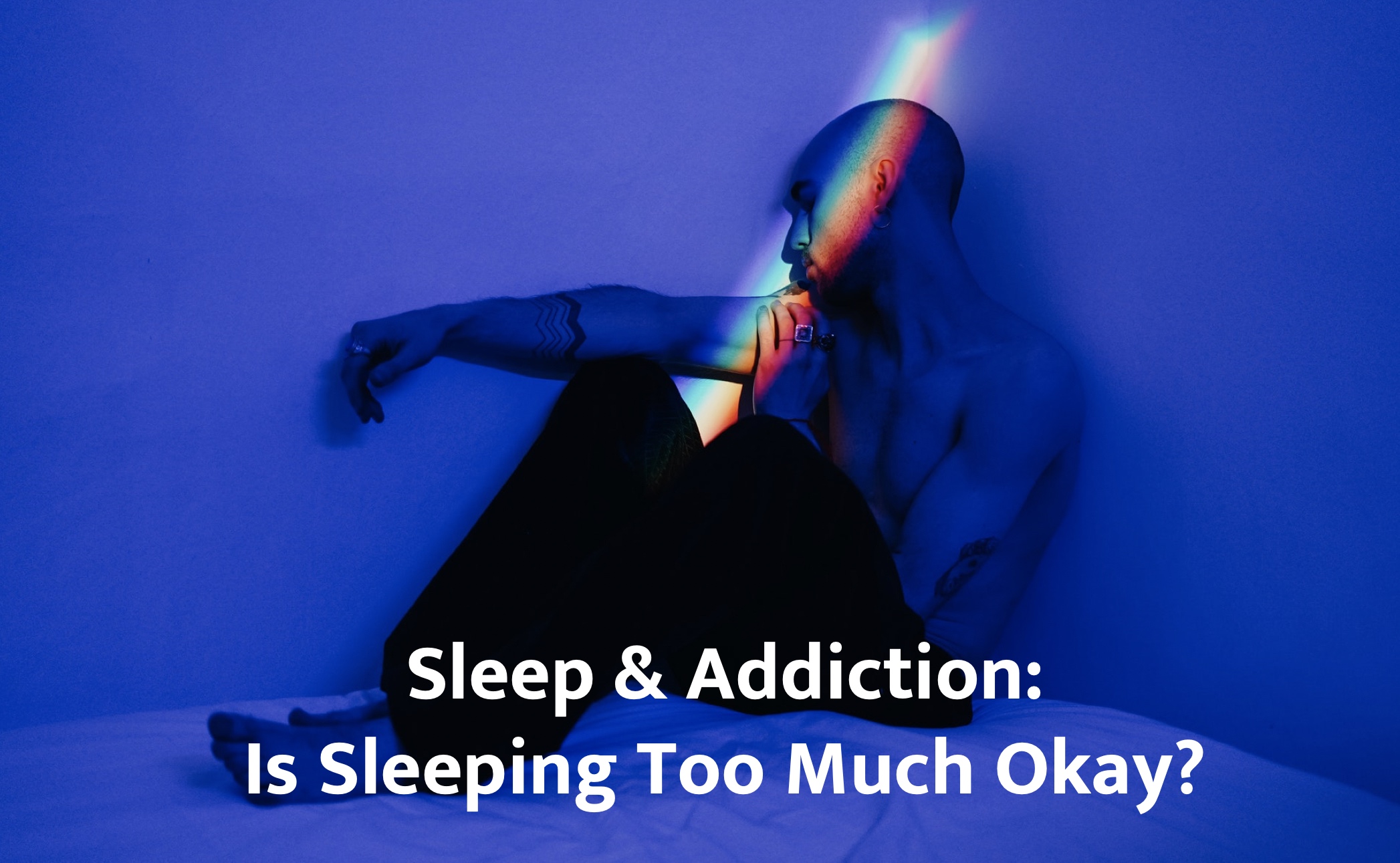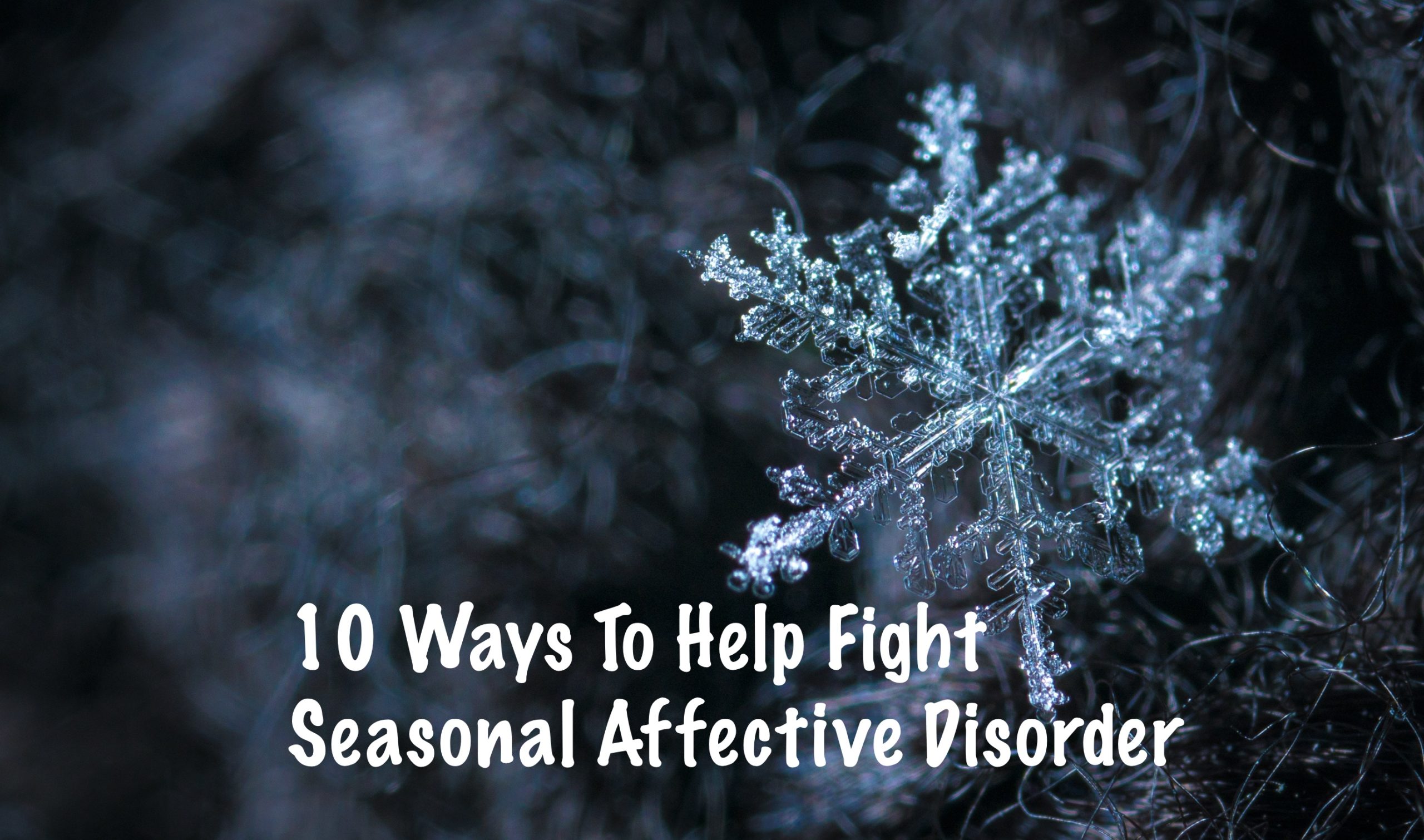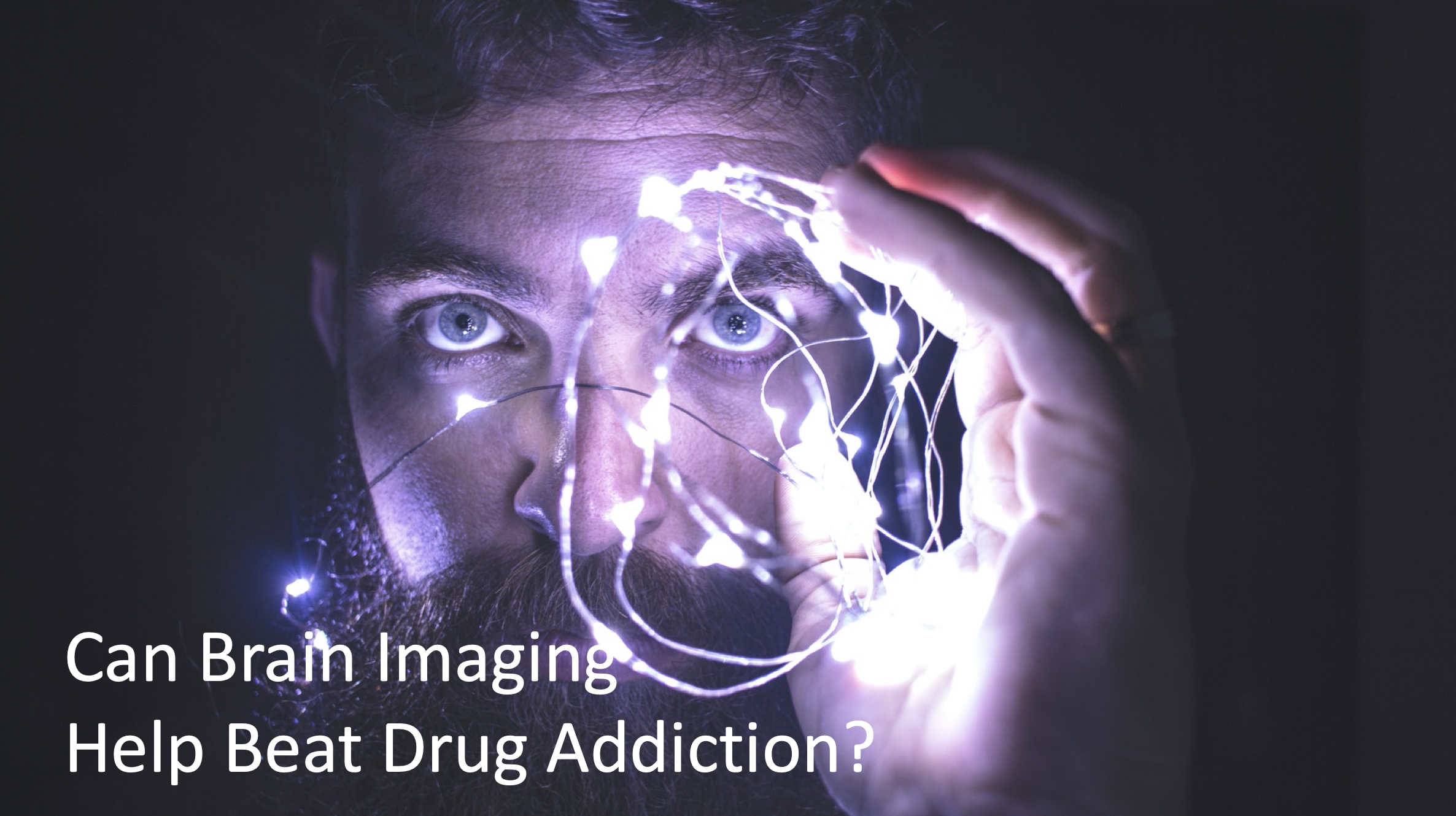Anyone who has ever gone through an addiction to drugs or alcohol, or anyone who has ever watched a loved one struggle with one, knows firsthand just how difficult that journey to sobriety can be. An addiction, or substance use disorder, can wreak havoc on all areas of a person’s life. It can cause financial hardship, deterioration in health, loss of one’s job, homelessness, death, etc. Addiction can also have a devastating effect on a person’s sleep. Some people end up sleeping too much, which can result in other problems for your ultimate recovery from your addiction.
Addiction is often defined as “a brain disease brought on by chronic drug use that interferes with and makes changes to brain circuitry and chemistry, and these changes lead to compulsive drug using behaviors.” These changes in the brain are also what lead to both long-term and short-term sleep difficulties. The connection between drug use and sleep often goes both ways; substance abuse can hinder a person’s ability to sleep, and subsequently, difficulty with one’s sleep can also lead to an addiction or substance abuse problem as people turn to them in order to help them fall asleep.

Unfortunately, once someone achieves sobriety, this problem doesn’t just go away. During the first week of sobriety, most people experience some level of withdrawal symptoms, some more severe than others. While the withdrawal symptoms that are experienced can differ depending on things like that type of drugs that were used, the amount of drugs that were used, and how long the person has been using those drugs or alcohol, problems with sleep remain the most common withdrawal symptom regardless of what substances were being used.
Tips for Getting Good Sleep in Sobriety
If you are like millions of other Americans who are new to recovery, then here are a few tips to help you get restful sleep while still maintaining your sobriety.
- Stick to a Schedule- If you used drugs or alcohol shortly before bed, then it can be even more difficult to fall asleep once you get sober as your brain is no longer sure when it is time to go to bed. Creating a new, and healthy, sleep schedule is essential to getting good sleep while sober. Going to bed at the same time every night will help let your brain know when it is time to go to sleep.
- Have a Nightly Routine- While this may be difficult for those who work odd hours or those who don’t have a set schedule, doing the same thing each and every night before you go to bed will help ensure you fall asleep faster. Try doing a light exercise 30 minutes before you go to sleep, or read your favorite book for an hour. This will also help train your brain when it is time to go to sleep.
- Eliminate Screen Time- Research has shown that electronic devices, such as computers, phones, or TVs, can have a negative impact on the quality of one’s sleep. Cutting back on the amount of screen time you have, at least one hour before bed, can greatly reduce the chance of disrupting the quality of sleep.
- Create a Space for Sleeping- Limit the amount of extracurricular activities you do while in bed, such as checking your phone, watching TV, or stressful conversations with your partner. This will help train your brain that the bed is where you sleep, not for everything else.
These are just a few tips you can implement to help increase the quality of your sleep, especially early on in recovery.

Effects of Oversleeping
While sleep is essential early on recovery, there is still a chance that you could be sleeping too much. There is a difference between getting the right amount of sleep needed to recover and simply just getting too much sleep to begin with. It may sound absurd at first because whoever thought you could get too much sleep, but it is possible. The amount of sleep needed can vary depending on the individual, but most experts agree that anything above 10 hours for an adult is considered to be too much.
Oversleeping can be a sign of many underlying issues, such as depression and heart disease. The effects of oversleeping are much like the effects of not getting enough sleep to begin with. Getting enough sleep especially while undergoing withdrawal from drugs or alcohol is essential as the brain and body need this time to repair itself. However, a person can sleep too much. Here are a few side effects associated with getting too much sleep;
- Higher risk of obesity
- Higher risk of diabetes
- Higher risk of heart disease
- Depression
- Increased pain
- Impaired fertility
- Cognitive impairment
- Depression
- Higher risk of overall mortality (death)

The importance of a healthy sleeping schedule in addiction recovery
Just like with anything in life, having a proper sleep schedule requires a good amount of balance. While it is important to get enough sleep to ensure a successful sobriety, it is also important to remember that there is such a thing as too much. We know that this can be a struggle for many Americans, as nearly 70 million people in the United States all suffer from a sleep disorder of some kind. There has long been a connection between sleep problems and substance abuse disorders, that is because many drugs and alcohol disrupt that natural circuit in the brain. Not only that, but there is also a link between poor sleep and the rate of relapse. For those in recovery, and anyone else who might be curious, we hope that this information was useful to you!
If you, or a loved one, are new to recovery and are having a difficult time with getting the right amount of sleep, then please reach out to an addiction specialist today. There is no shame in asking for help, especially when you need it! We know what a huge struggle trying to get enough sleep can be, especially early in the road to recovery, that is why we are here and we are always ready to help! We wish you the best!











